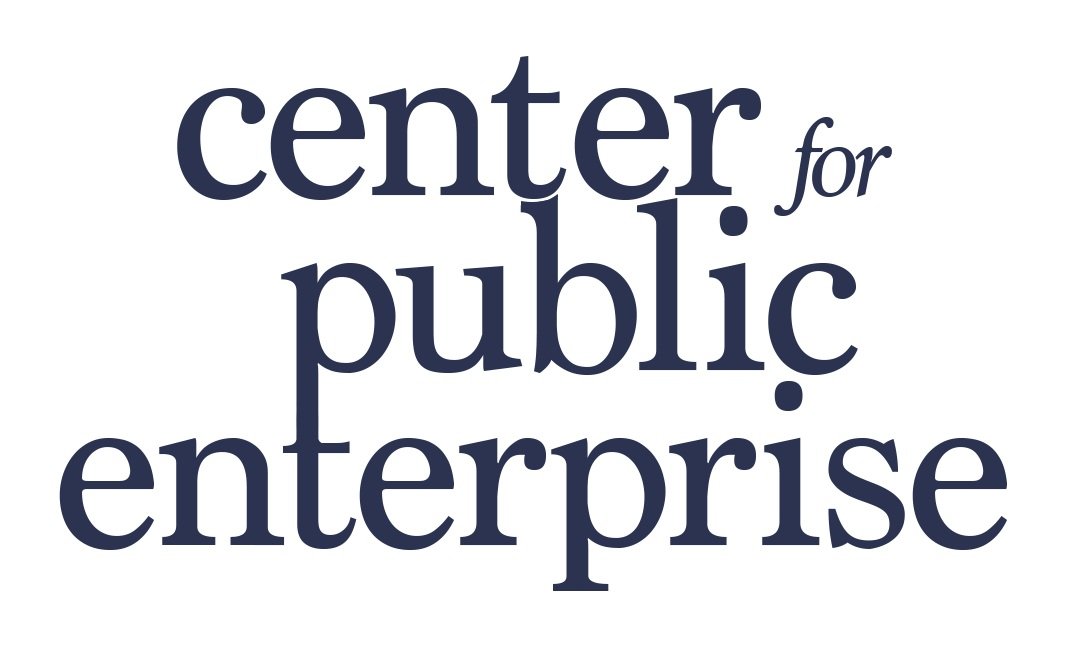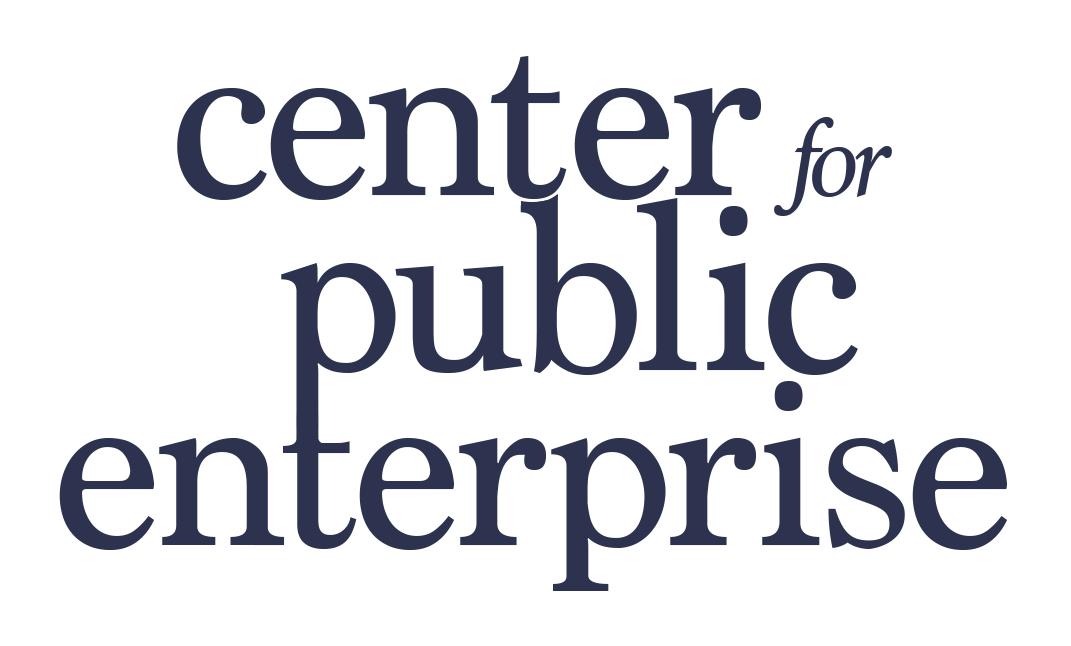Making the Most of SEFI: A Model RFI
A Model RFI for Engagement and Collaboration with the Loan Programs Office
Download the memo and model RFI here.
The Department of Energy’s Loan Programs Office (LPO) is one of the largest pots of climate funding in the federal government. The LPO functions as the DOE’s investment bank, offering loans and loan guarantees at concessionary rates to eligible project developers. The mission of the LPO, as originally defined, is to be a “bridge to bankability”—to use the DOE’s massive internal scientific and technical knowledge to identify firms working in cutting edge technologies and provide them with financing to scale up production and prove their viability to private sector lenders. If the LPO is successful, its investment will encourage private lending into new technologies and additional firms, and the LPO will move on to scaling up other ventures. As a result, the LPO largely lends to private firms whose products meet their definition of “innovative technologies.”
However, under the Title 17 State Energy Finance Institution (SEFI) carveout, the LPO can now finance projects which do not meet innovative technology requirements so long as a designated state agency (a state energy financing institution, or SEFI) offers “meaningful” financial support to those projects. The SEFI carveout greatly expands the LPO’s reach into new sectors: from distributed energy to net-zero affordable housing to electric vehicle charging.
In 2023, CPE published an issue brief that details how the SEFI carveout works. Since then, we have continued to conduct further research into and engagement on how state policymakers can operationalize the SEFI Carveout. Our stakeholder engagement has allowed us to outline best practices for cooperation between state government instrumentalities and the LPO, and to build a model Request for Information (RFI) that state governments and instrumentalities can adapt to their own needs when seeking information about their local project development landscapes.
Below, we first present our list of best practices and then offer a Model RFI template.
Best Practices
To access LPO capital, states need to approach the LPO a bit differently than they might engage with other federal programs. The LPO operates as a mission-driven investor or green bank searching for investment opportunities. Thus, the LPO is not looking to make grants to states for specific predefined programs. Instead, it wants states and their instrumentalities to act like partners willing to develop their own project pipelines, share risk among co-investors, and creatively deploy financing sources. This mode of interaction can appear daunting for public entities, which are being asked to interact with a federal body in a way that often resembles a transaction between two mission-driven investors, rather than more typical intergovernmental cooperation through grant programs.
To leverage the opportunity provided by the LPO, potential SEFIs should start thinking more like project finance lenders and developers. The following is a list of best practices for doing so:
Proactively establish your project development pipeline. Do not wait for projects to come to you but, instead, actively search for opportunities that you can support that can also be supported by the LPO. If you have internal capacity to designate priority investments for your state, use the RFI process to gather information from local public and private stakeholders about available financing, technologies, promising geographies, and solutions. Build your project pipeline ahead of time.
Do not wait for a formal designation of your entity or organization as a SEFI to prepare projects and apply for LPO financing. The LPO is shifting its practices from first designating state instrumentalities as SEFIs before they can begin proposing projects, to one where SEFI designation is issued as the LPO evaluates a specific project proposal. This means that you should apply for a SEFI designation with specific projects in hand—the LPO will prioritize its scarce resources and capacity for entities that have presented them with a project pipeline.
LPO money isn’t free, and they strongly suggest a minimum project pipeline size of $100 million. Like any lender, the LPO charges upfront costs and fees. In addition to a 0.6% commitment fee, the LPO will hire outside advisors to review the application, the cost of which is charged to the applicant. However, these costs can potentially be paid back out of the LPO loan. These costs, which will likely reach the low millions of dollars, are partially why the LPO suggests a minimum transaction size of $100 million. This minimum can be met across a collection of related/aggregated individual projects and can cover acquisition expenses related to distributed energy developments. Multiple SEFIs can also partner on joint- or inter-state projects and distribute costs.
Meaningful support does not just mean SEFI-issued loans. The LPO has a wide berth for interpreting what constitutes “meaningful support” from a SEFI. In the LPO’s eyes, whether support is “meaningful” depends on both the volume and concessionality of the sum of financial support provided to a project. The LPO is willing to work with state programs which issue grants, or offer other kinds of conventional state economic development support including land leases/sales, tax credits and abatements, and in-kind project development support. They also encourage potential SEFIs to examine equity investments into projects. Equity support has the advantage of meeting the LPO’s requirements that the project has access to equity financing from a project sponsor and that their lending covers less than 80% (typically closer to 50-70% LTV ratio). Equity is also, by definition, concessionary because it has a lower priority than LPO lending in a default. It is crucial to understand that LPO decides whether a SEFI’s support is meaningful on a case-by-case basis after considering all of the relevant facts.
The LPO is looking for partners, and will engage through the process. Unlike most federal programs, the LPO is not looking for states to be conduits for program dollars. It is looking for partners in an investment. It will not give you a blank check to invest yourself but will enter into deals with you. But, unlike federal grant programs, which have very strict requirements and whose staff cannot work with you on your application, the LPO and its staff can proactively support you in the pre-loan process. Reach out to the LPO early in your thinking and planning to establish an ongoing relationship with staff and iterate with them on your projects, programs, and application materials. This engagement is also an opportunity to think about aligning your existing lending capacities with the demands of project planning. Most states already have various teams with underwriting, project planning, and accounting expertise scattered across agencies and instrumentalities. Engagement with the LPO presents an impetus to pull together this knowledge and create new capabilities by forming “Tiger Teams” of expert staff.
Do not be afraid to be creative in how you structure your deals! The LPO’s staff is ready to work with you to examine how you can maximize your impact through innovative and unconventional structures. These include opportunities in which LPO funds can be integrated into broader financial structures that incorporate other federal programs (subject to restrictions on federal support) and different types of “meaningful” state support. While LPO’s Title 17 lending authority prohibits borrowers from using anything identified as “federal financial assistance” to directly or indirectly support a project that is also receiving Title 17 financing, other federal programs will have their own rules on what types of financial support do not formally qualify as “federal financial assistance.” States, agencies, and their partners should keep abreast of new guidance as it comes out to take advantage of opportunities to creatively combine new sources of capital. However, the LPO cannot make final judgements regarding the validity of any particular project and its structure without a project developer engaging in a formal application process. Thus, potential SEFIs should be in continuous dialogue with the LPO before and especially during their application.
Recognize and be prepared for risks. Project finance is a difficult undertaking. Even with the Inflation Reduction Act’s elective pay credits or LPO support, it is vital to recognize and be transparent that bringing a large-scale project from planning to operation involves time, effort, money, and risk. This is not meant to dissuade you, but rather to prepare you. Mitigating risk means creating a culture that embraces risk management and recognizes that market-shaping means public agencies have to act a bit more like private entities. That includes examining projects both from the point of view of their specific finances and their place in a broader investment portfolio.
LPO lending can help unlock new revenue streams and long-term value. LPO project finance can help you build long-term, revenue-generating assets at a lower cost than private capital markets would charge. This means that your “meaningful support” can pay dividends down the road. For example, loans that you issue alongside the LPO will be paid back with interest. Or, if your SEFI chooses to issue equity financing, the leverage the LPO provides increases returns on that equity. Such continuous revenue streams can create long-term value that you can use to advance your broader missions, including consumer cost stabilization, cross-subsidizing deeply affordable infrastructure and service investments, and/or re-investing in new projects.
Model RFI
The Center for Public Enterprise is happy to assist any SEFI or potential SEFI in their applications and project pipeline ideation. The best way for potential SEFIs—state instrumentalities responsible for financing project development—to build a project pipeline and to submit project applications to the LPO involves issuing a Request for Information (RFI) to get a sense of what projects developers are planning and to understand the financing gaps they face.
In the attached memo, we have prepared a Model RFI template for state governments to build from:

